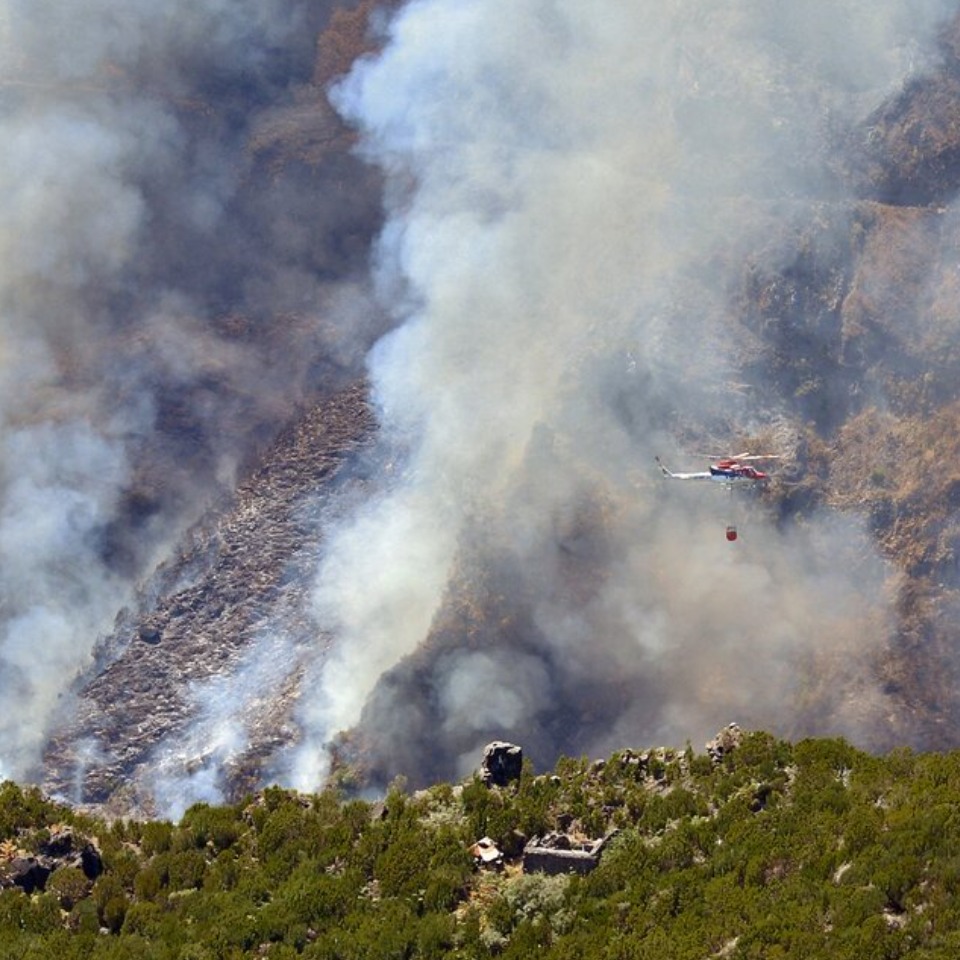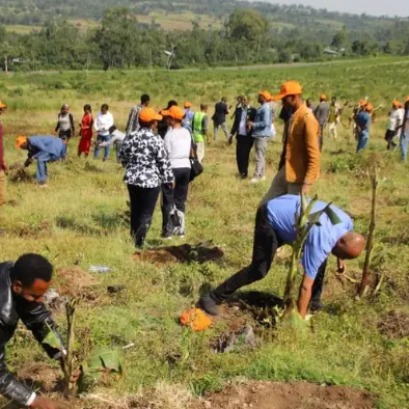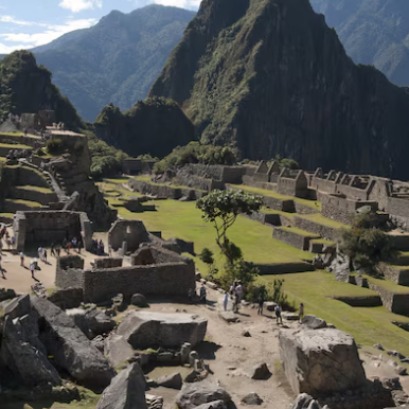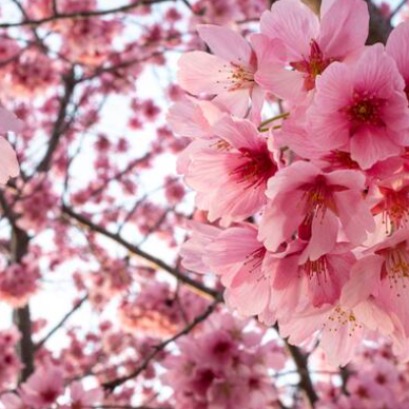
14 % of Madeiras forests have burned by fire, which has already reached laurisilva
The environmental damage that is causing the fire that burns since August 14 on the island of Madeira (Portugal), the largest of the homonymous archipelago, is significant, because it has burned 14 % of its forests and has already reached the Laurisilva, Unesco World Heritage. This was stated by the president of the Ecologist Group Quecus Madeira, Elsa Ara˙jo, in statements to EFE by telephone, in which she stressed that the flames have reached areas that are part of the Natura 2000 Network, created to protect rare species, threats or vulnerable of the European Union
Ara˙jo explained that the fire is on the rust peak, the third highest mountain in Portugal, and the Das Torres peak, destroying priority habitats with unique species, and is descending down the slopes in the direction of Laurisilva, a typical wet forest of the region, which constitutes an important protected area. Laurisilva has subtropical characteristics and its origin dates back to the tertiary period (initiated 66 million years ago). It houses great biodiversity with native species and was registered in the World Heritage List in 1999.ara˙jo stressed that, for her, as an environmentalist, the main damage is the loss of an entire indigenous native vegetation that has been destroyed, as well as the fauna. I am talking about birds that have been reached by fire, and even goats, he said. to climate change, which is causing less and less to rain and the temperatures are higher. The president of Quercus Madeira accused the authorities of irresponsibility not only at the prevention level, but also because of the fact that the island only disposes From a single aerial medium to combat fires and few firefighters. We have defended for years that around the intensive areas, specifically the areas of the Natura 2000 Net , so that if there is a fire, I cannot progress towards protected areas such as laurisilva and central mountainous massif, where priority habitats are found, he added. Pico de Arieiro, which caused significant damage due to the extinction of a kind of plant, La Sorveira (Sorbus timerensis), which only existed at great altitude in its natural habitat.
IT MAY INTEREST YOU
 The country that planted 350 million trees in one day and caused great consequences
The country that planted 350 million trees in one day and caused great consequences
Discover the country that planted 350 million trees in one day and caused great consequences Climate change and deforestation have caused great ecological damage in many places. For this reason, a country planted 350 million trees in one day and thus obtained a world record, although it is estimated that in 2025, it will plant twice as many.
 Reforestation advances in the Historic Sanctuary of Machu Picchu with new restored hectares
Reforestation advances in the Historic Sanctuary of Machu Picchu with new restored hectares
The plan includes the planting of a thousand new trees in the sanctuary, in response to the damage caused by forest fires and environmental threats, with the support of local authorities and representatives of the tourism sector.
 Color the streets pink and white in spring: which is the most beautiful tree in the world and why, according to AI
Color the streets pink and white in spring: which is the most beautiful tree in the world and why, according to AI
Its delicate branches, the soft tones of its petals and the harmonious shape of the tree make it an almost poetic image.





















